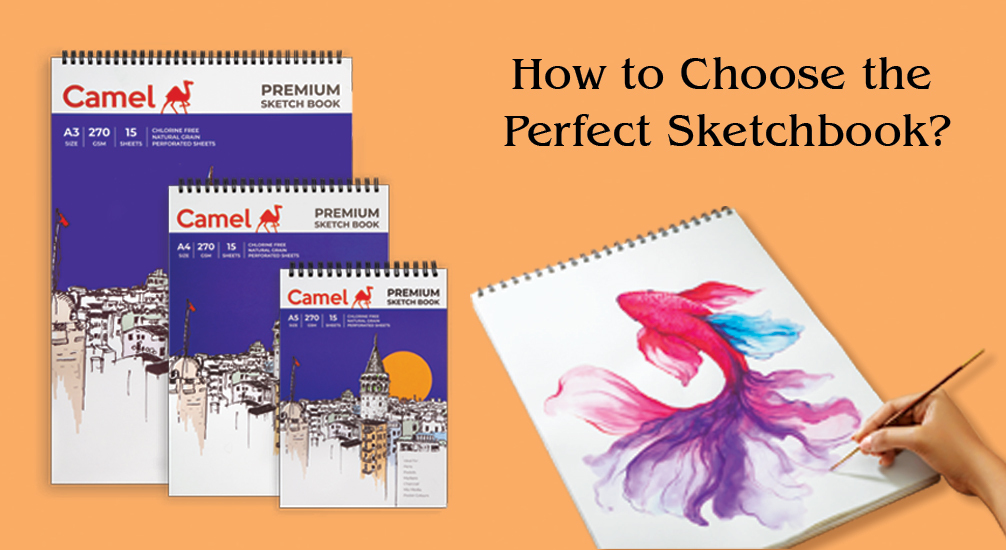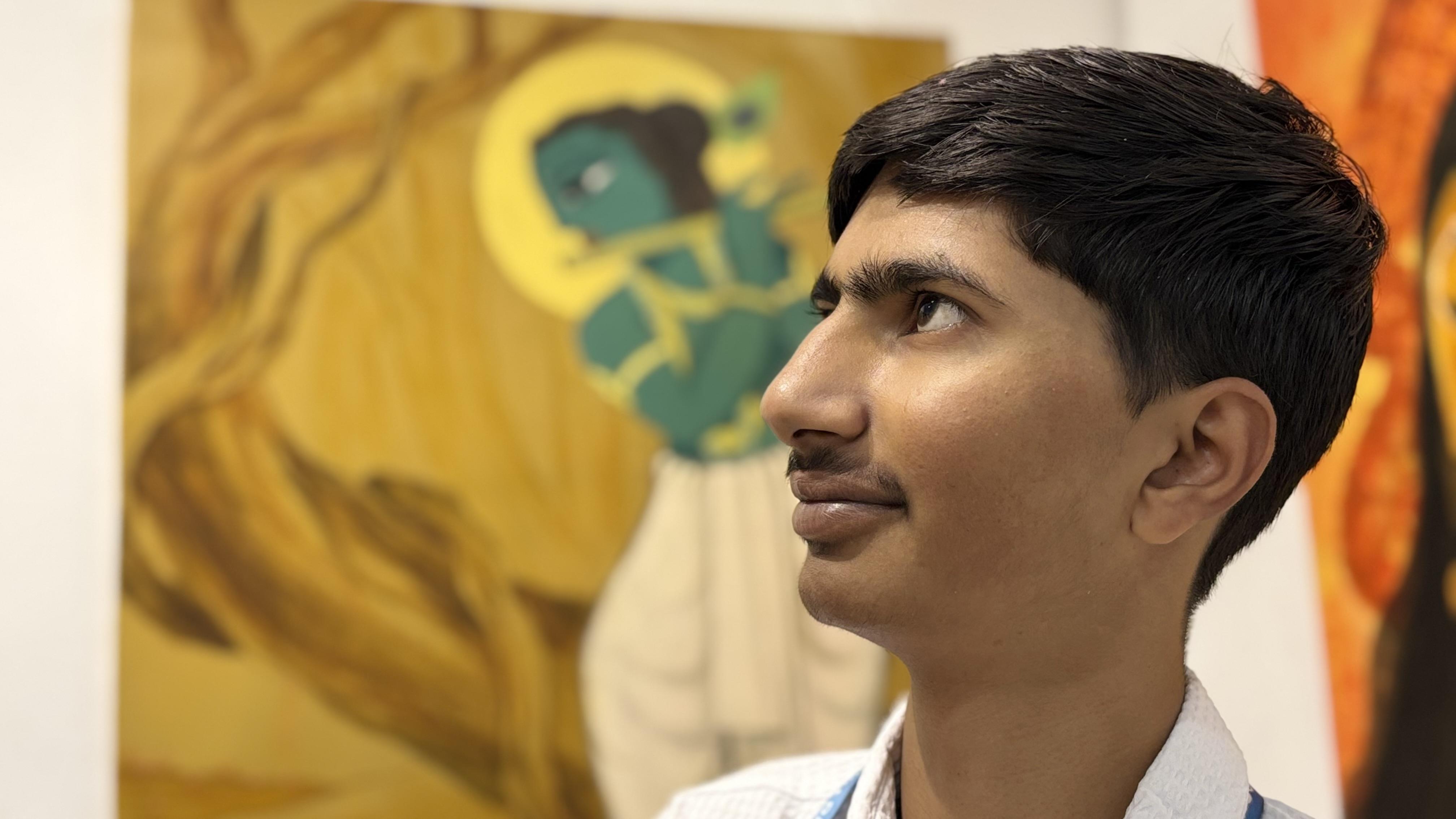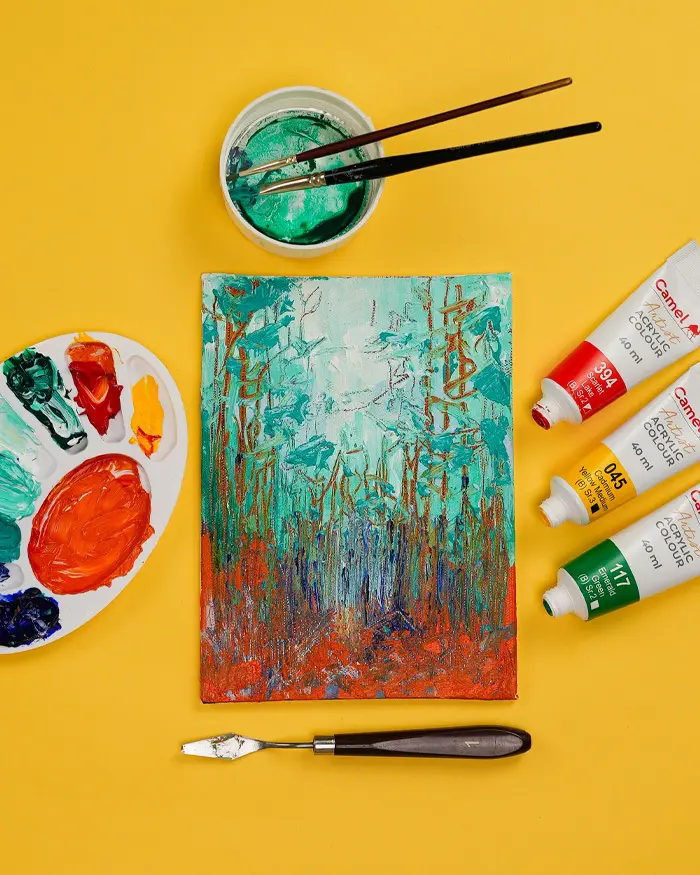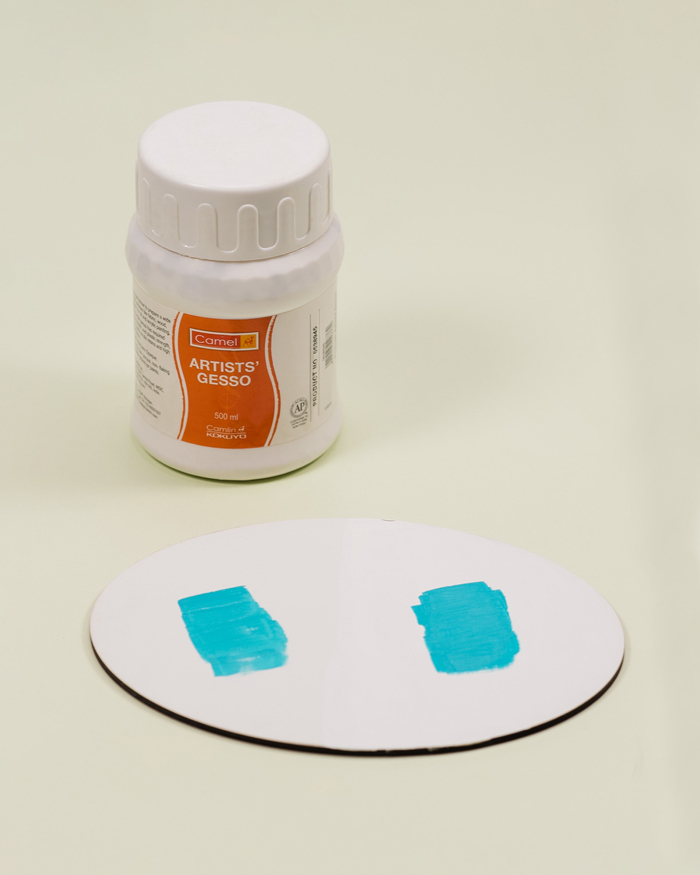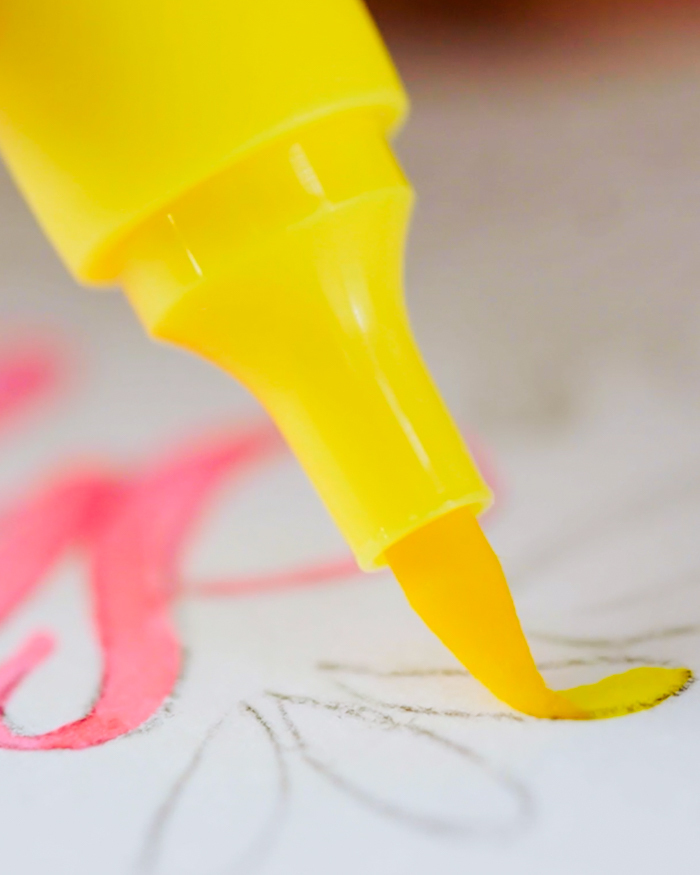The right sketchbook can make or break your art experience. Picking the right one isn’t about aesthetics, more so than about finding what would fit your style. With a multitude of options available, it’s understandable to feel overwhelmed, especially when you are just starting. If you are in the same boat, this guide might set you on the right path to make that decision for yourself.
Factors to Consider
Choosing the right sketchbook is a personal decision and can be dependent on a variety of factors. Here are some of the most common ones that should be considered:
1. Art Style and Medium: It is important to first reflect on the kind of art or medium you prefer. Are you someone who likes to fill a sketchbook full of portraits? Or do you like to play with watercolours? Or do you consider yourself to be a free spirit who likes switching things up now and then? Considering your art style before buying is important because different art styles require different paper qualities, i.e.,
a. Pencil, charcoal, and other dry materials work best on slightly smooth paper that can hold the graphite without tearing or ghosting. For this, we recommend Camel’s Sketch Book, which is available in different sizes.
b. Other mixed media, on the other hand, require thicker paper that can absorb water and is bleed-proof. For this reason, our Camel Premium Sketch Book is a great alternative.
2. Size and Portability: Inspiration can strike anytime, and if you are one of those artists who need to put pen to paper as soon as an idea comes to your mind, then a compact-size sketchbook like Camel’s in size A5 or A4 is perfect for you. Conversely, if you are someone who likes to have a designated space where you can create ambitious projects, we also offer drawing books in size A3.
3. Binding Type: Spiral-bound sketchbooks are great for laying flat and ideal for broad strokes or watercolour washes. Hardbound books are sturdy and offer good support for travelling, though they might be less flexible for certain techniques. Camel offers spiral-bound sketchbooks with perforated pages, making them ideal for single-page projects.
4. Paper Thickness: The thickness of paper is measured in GSM, or grams per square meter. Lighter papers with a thickness of up to 100 GSM are perfect for pencil sketches. Our sketchbook with a thickness of 140 GSM is ideal for such projects. However, if you dabble in mixed media where the paper can warp or feather due to the medium used, then a thickness of 250 GSM and above would work the best. Camel’s Premium Sketchbook is of 270 GSM, which covers all your bases, letting you focus on your art without worry.
5. Try Before You Buy: If you are new to art, it is always recommended to start small. An A5 sketchbook can be a good starting point, as it is portable and will not overwhelm you in a bid to fill it with ideas. It’s better and cheaper to use a smaller-size drawing book whenever you are trying out something new.
In a Nutshell
From the type of paper to the kind of art you indulge in, it’s important to ensure that your needs align with what a sketchbook offers. Start simple with affordable, versatile sketchbooks and upgrade as your skills develop. Consider your workflow, whether on the go or studio-based, and always choose a size and binding to match. Once you are more familiar, rotate between different types to boost creativity and experiment.
Remember, the best sketchbook is the one that encourages you to create more, so pick one that feels just right, and let your imagination run wild.
Did this article help you learn something new?
Share your thoughts with us in the comments below.
Leave a comment
Comment added
Comment updated
Comment deleted
More inspiration
“
“Learn the rules like a pro, so you can break them like an artist.”

